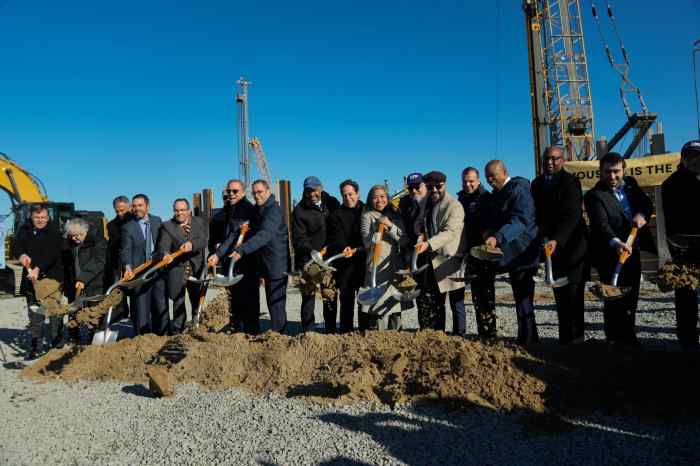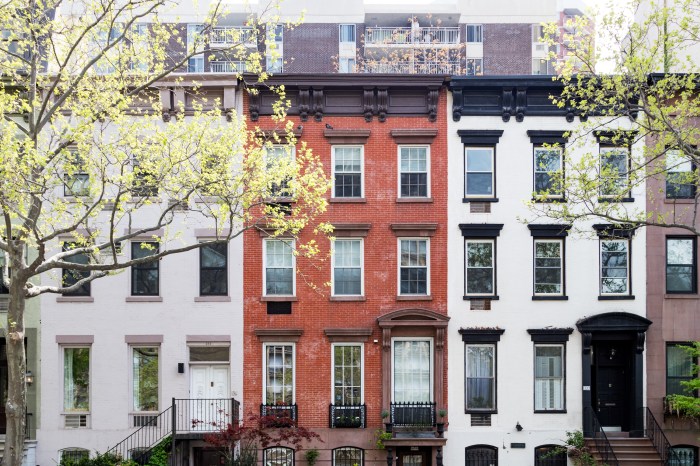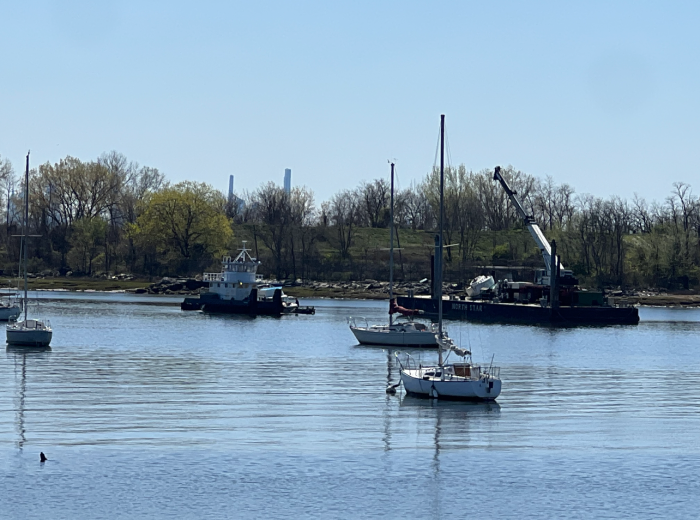BY ALINE REYNOLDS | More than 200,000 residents and businesses in Lower Manhattan remained without power Wednesday, as New York began picking up the pieces from the record-breaking destruction caused by Hurricane Sandy.
It will take until Friday or Saturday for power to be restored in Downtown and the Lower East Side, according to John McAvoy, senior vice president for central operations at Consolidated Edison, who gave a tour to reporters on Tuesday of the utility’s East 14th Street power plant.
The Cortlandt network — which funnels power to the area south of the World Trade Center and along West Street to the tip of Manhattan — was restored at 2 p.m. Wednesday.
“The restoration process is well underway,” said John Miksad, senior vice president of electric operations for the utility at a press conference earlier today.
Con Ed has yet to come up with a time frame for restoring steam service in Manhattan south of 42nd Street, according to Jeff Simmons, a spokesperson for the Alliance for Downtown New York, the area’s business improvement district.
The storm surge caused by Sandy, the greatest the city has ever experienced in almost 200 years of tidal records, caused large amounts of salt water from the harbor to incapacitate electrical equipment, noted McAvoy.
“The amount of outages we’re experiencing are literally unprecedented in the company’s history,” said McAvoy. Up to 7,000 of its employees are working 12- to 16-hour shifts to expedite restoration. “We have hundreds of contractors that’re working for us, and we’re bringing mutual aid crews that are as far away as California so we can expedite recovery as quickly as possible.”
Despite heavy floods, much of Battery Park City was spared of power loss because its electricity is supplied by a Con Ed transmission substation based in Brooklyn, according to McAvoy. Also, since the neighborhood is slightly elevated compared to other parts of Lower Manhattan, B.P.C. did not experience the same degree of flooding from the high tide Monday night as did other parts of Lower Manhattan, he noted.
But elsewhere, high tides reached levels of 13.9 feet, more than a foot higher than the highest previously recorded level of 11.2 feet in 1821, said McAvoy. When the water from the East River crossed the F.D.R. Drive at about 3.5 feet high, it covered the electrical equipment and contaminated it. As a result, 100s of Downtown vaults became out of service.
Con Ed successfully protected the majority of its machinery by preemptively shutting down service in the Bowling Green and Fulton networks.
McAvoy explained the process of restoring electricity for the 225,000 affected customers in Lower Manhattan: “The first thing you have to do is to remove salt water…it can be a very time-consuming process because there’s extreme flooding that affected not only our underground vaults but the customers’ premises as well,” he said.
He continued, “The equipment that’s damaged that is affecting most of Lower Manhattan actually did not fail, we really just have to remove it, clean it, inspect it and test it.”
Lower Manhattan is divided into 14 different networks, each of which will restore power at a different time this week as equipment and supplies related to the network are tested and reactivated. Traffic lights, he said, will operate again as each of the networks is restored.
Asked about a more specific time frame, “There is no specific mapping,” he said. “We’re working on them all in parallel.”
McAvoy also showed reporters around the plant’s relay rooms, which were submerged in water earlier this week. “The relay protections are monitored constantly, and if they identify a fault, they’ll shut down a piece of electrical equipment, just like a fuse shuts off an outlet in your house,” he explained. “[The water was] about a foot-and-a-half above what our system and our station is designed for. So what we’re doing now to help support the restoration is literally going to every one of these relays, removing them, cleaning, inspecting and testing them, and restoring service. That’s a big part of what’s going to be done to support the restoration of Lower Manhattan.”

















